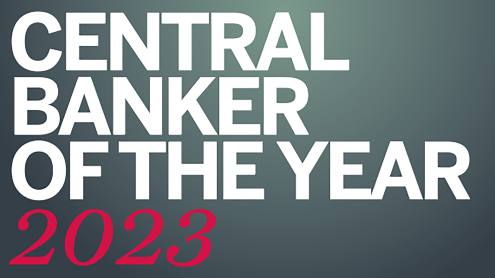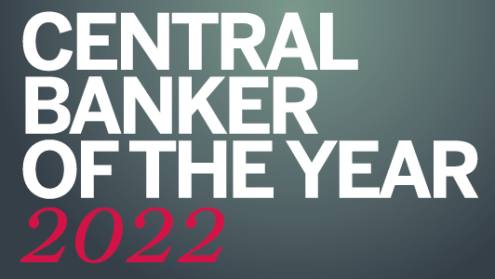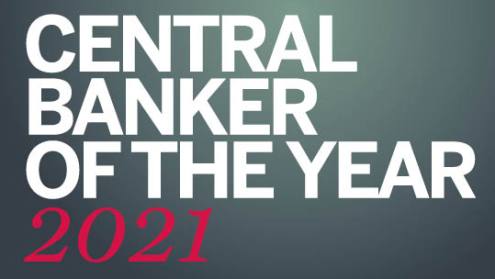
Central Banker of the Year Global and Europe
Zeljko RohatinskiGovernor, Croatian National Bank
As foreign ownership of banking sectors across eastern Europe began to rise from the start of this decade, central bank governors faced an unprecedented challenge. The foreign-owned banks had easy access to euro funding from their parents, causing a sharp rise in euro lending to the economy. This threatened to sideline the usual tools of monetary policy – domestic interest rates and local money market operations.
In Croatia, 90% of bank assets are now foreign-owned and external debt climbed sharply from 40% of gross domestic product (GDP) in 2002 to 90% by 2008. Recognising the threat this posed to financial stability, Croatian National Bank (HNB) governor Zeljko Rohatinski and his team enacted a series of unorthodox measures, including a marginal reserve requirement on banks’ external liabilities, an increase in the minimum capital adequacy ratio to 12% (compared with the Basel II requirement of 8%) and eventually a 12% cap on lending growth.
This interventionist approach initially faced a cool reception. “Neither our banks, nor the international financial organisations such as the IMF, nor our own institutions liked such measures,” says Mr Rohatinski. “But the essential result of those measures was to cut the external debt of the banking system, and a fall in credit growth in the country from 25% in 2006 and 2007 to 11% in 2008. This was still fast enough and there was no slowing of economic activity as a result.”
The improvement was timely. Liquid reserves in the banking system climbed to 40% of GDP, giving the country some insulation against the international credit crunch from September 2008. One Croatian banker calls the measures “visionary”, and other countries in the region whose banking sectors are now in serious difficulties have belatedly begun to copy the Croatian strategy.
“We did not find anything new. These measures were known about long ago and many countries had used them in some circumstances. But I am happy that we had recognised the problem and that we had been trying to address it, maybe before some other countries but nothing more than that,” says Mr Rohatinski, modestly.
As the economic downturn tightens the supply of credit globally, the HNB has relaxed its controls, releasing about €1.7bn of extra liquidity into the banking system by lowering the reserve requirement from 17% to 15% and abolishing the marginal reserve requirement. Mr Rohatinski is ready to go further next year, but wants the support of the government via a reduced fiscal deficit, to avoid a renewed build-up of financial imbalances. Croatia still has €9bn in external debt to refinance in 2009, and the HNB’s continued tough stance will be vital to steady the ship.






